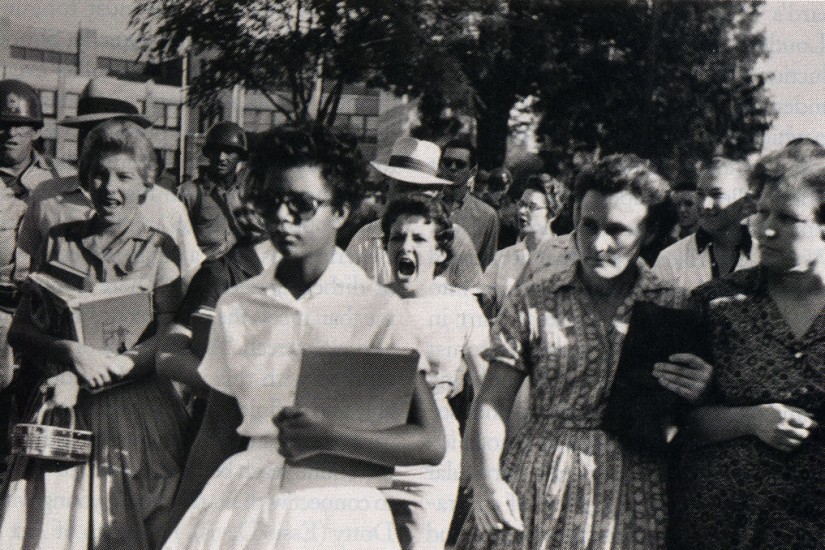On May 17, 1954, the U.S. Supreme Court ruled unanimously that school segregation on the basis of race violated the U.S. Constitution’s guarantee to equal protection under the law.
The landmark decision, Brown v. Board of Education, galvanized the U.S. Civil Rights Movement and had far-reaching implications for American public life. By overturning the 1896 doctrine that allowed separate public facilities for whites and African Americans — provided facilities were deemed equal — the Brown ruling destroyed the legal basis for racial segregation, not only in schools, but also in housing, transportation and other public places.
Yet the full impact of the Brown decision, often described as “the case that changed America,” would take years to be fully realized, says Harvard University scholar Henry Louis Gates Jr.
“Ending legal segregation was a monumental shift,” Gates said. Yet, the decision was only one salvo in a long-running battle for equality. Resistance to desegregation remained fierce, especially in the Deep South.
“The Court did not include an enforcement measure, meaning many schools dragged their feet and refused to desegregate until forced by court order during the 1960s,” Gates continued. In 1957, federal troops were sent to enforce the Brown ruling, and nine African American teenagers — known as the Little Rock Nine — integrated Central High School in Little Rock, Arkansas.
It took until the 1960s for most U.S. public schools to be integrated. The Brown decision made Thurgood Marshall, the National Association for the Advancement of Coloured People lawyer who successfully argued the case, a household name.
Marshall would go on to serve as the first African American U.S. Supreme Court justice. But Marshall was not solely responsible for dismantling the separate-but-equal doctrine.
NAACP lawyer Charles Hamilton Houston had begun laying the legal foundation for overturning school segregation in the 1930s, Gates said. In working to overturn the separate-but-equal doctrine and the so-called ‘Jim Crow’ laws that enforced racial segregation in the South, Houston and Marshall “understood that they needed to play the long game,” Gates said.
Marshall recruited a brilliant team, including lawyers Constance Baker Motley and Robert Carter, that “won higher-education desegregation cases to set the precedent, and litigated many lower-court secondary cases in the lead-up to Brown,” Gates said. The triumph in Brown and other court cases provided momentum for the U.S. Civil Rights Movement that swept the nation in the 1950s and 1960s.
The movement led to passage of the Civil Rights Act of 1964, prohibiting discrimination in public places, and the Voting Rights Act of 1965. The United States honours the lawyers and others who fought for racial equality.
Marshall is memorialized by a statue in Annapolis, Maryland, near the courthouse where he argued early civil rights cases. The former Monroe Elementary School in Topeka, Kansas — one of four segregated schools for Black children that led to the Brown case — is now designated as the Brown v. Board of Education National Historic Park.
The United States Civil Rights Trail, spanning sites in 15 states, commemorates landmark events in the Civil Rights Movement. A monument called “Testament” on the grounds of the Arkansas State Capitol honours the Little Rock Nine who integrated Central High School in 1957. The monument features bronze statues and plaques with the students’ quotations.
U.S. monuments also honour other civil rights icons, including Martin Luther King Jr. and Rosa Parks. “Visiting historical sites can be educational, even inspiring,” Gates said.
“Historical sites force us to reckon with the past and how it echoes today. Equally important, they also allow us to celebrate the brave Black Americans who forced the nation to change.”












